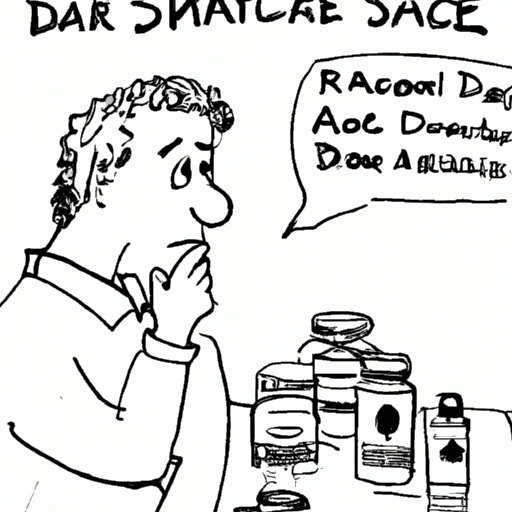As a pet parent, seeing your furry friend in discomfort due to a rash can be distressing. But don’t panic. Rashes are common in dogs and are usually treatable with the right care. This guide will walk you through the process, from identifying the type of rash to deciding what to apply on your dog’s rash.
Table of Contents
- Identifying Dog Rashes
- Common Causes of Dog Rashes
- What to Put on a Dog’s Rash
- Preventing Future Rashes
- Frequently Asked Questions
Key Takeaways
- Rashes in dogs can be due to multiple reasons, from allergies to parasites.
- Certain home remedies can help alleviate a dog’s rash, but always consult a vet first.
- Prevention is key to avoid future rashes.
Identifying Dog Rashes
There are numerous types of rashes dogs can develop, and identifying them correctly is crucial to determine the right treatment. Skin redness, bumps, or patches, as well as itching and discomfort, often indicate a skin problem. However, rashes can also be a symptom of more serious diseases, so if you notice any unusual skin changes in your dog, always consult a vet.
Common Causes of Dog Rashes
Allergies, particularly to certain foods or environmental factors, are a common cause of rashes in dogs. Fleas, ticks, and mites can also lead to rashes and skin irritation. Other possible causes include bacterial or fungal infections, autoimmune diseases, and certain genetic conditions. This guide from PetMD provides more information on the causes of skin irritation in dogs.
What to Put on a Dog’s Rash
Before applying anything on your dog’s rash, it’s essential to consult a vet. They can provide accurate diagnosis and treatment options. However, there are some generally safe options you can consider:
- Aloe Vera: Known for its soothing properties, Aloe Vera can help calm the skin and reduce inflammation. Ensure it’s pet-safe and doesn’t contain alcohol or other harmful additives.
- Oatmeal Baths: An oatmeal bath can provide relief from itching and soothe the skin. Here’s a great recipe you can follow from OneTopDog.
- Hydrocortisone Cream: This over-the-counter cream can help reduce inflammation and itching. However, make sure your dog doesn’t lick it off their skin.
- Prescription Medications: For severe rashes or those caused by infections or parasites, your vet may prescribe topical or oral medications.
Remember, these are just temporary solutions. For long-term management and to prevent recurrence, it’s essential to address the root cause of the rash.
Preventing Future Rashes
Prevention is always better than cure. Regular grooming, a balanced diet, and preventing flea and tick infestations can all help keep your dog’s skin healthy. Consider using hypoallergenic shampoos during baths and introduce omega-3 fatty acids into their diet to improve skin health. More tips on maintaining your dog’s skin health can be found here.
Frequently Asked Questions
Q: How long does it take for a dog’s rash to heal?
A: This can vary depending on the cause and severity of the rash. Mild rashes may clear up in a few days with proper care, while more severe ones may take weeks.
Q: Can I use human rash cream on my dog?
A: Not all human medicines are safe for dogs. Always consult a vet before using any human medication on your pet.
Q: When should I take my dog to the vet for a rash?
A: If the rash is spreading, causing severe discomfort, or accompanied by other symptoms like fever or lethargy, you should seek immediate veterinary attention.
Remember, your dog relies on you for their well-being. By understanding the cause of their rash and how to properly treat it, you can ensure they’re back to their playful, happy selves as quickly as possible. For more information on dog rashes and their treatment, visit this resource.



